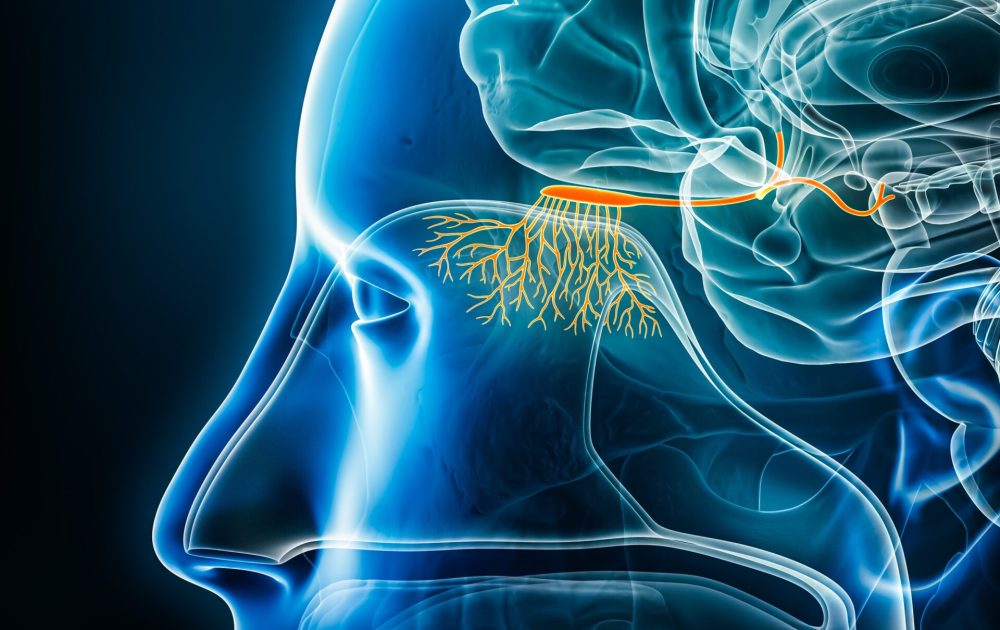Our test tells you which everyday chemicals you've recently come into contact with, and easy steps you can follow to reduce your exposure to them.
Microplastics found in the brain

Can microplastic reach the olfactory bulb area of the brain? Yes, they can. That is the startling finding of research published in September.
Scientists at Sao Paolo university discovered that microplastics were present in olfactory bulb tissue of more than half of deceased people’s brains tested, providing evidence that not only do we breathe in microplastics, but they can lodge in brain tissue. Led by Professor Thais Mauad and commissioned by the Dutch NGO Plastic Soup Foundation, this study demonstrates that microplastics can enter our body as we breathe in and reach the olfactory bulb in the brain.
Professor Maud estimates that much smaller micro and nano plastic particles are also likely to be detectable at even higher rates as they are much smaller than microplastics. Microplastics have already been detected in urine and blood samples, so the news that they can find their way into our brains is of great concern.
The problem with microplastics
Since plastics were first introduced into mass production of petrochemicals during the 1950’s they have been widely used in everyday life. In food storage, clothing, furnishings, cosmetics, and children’s toys. Over time, plastics shed particles, releasing microplastics into the environment.
Although we don’t fully understand the health risks yet, evidence is building that microplastics are harmful to our health. We invited Professor Anna Hansell, Professor of Environmental Epidemiology and Director of the Centre for Environmental Health and Sustainability at Leicester University to share her thoughts on the state of the science on the possible health effects of microplastics. You can read what she had to say here.
Reduce your exposure to microplastics
Microplastics are very hard to avoid in everyday life, so the best action we can take are steps to reduce our daily exposure to them.
- Avoid drinking water from plastic bottles, and if you do, keep them in a cool place and not in direct sunlight. Don’t refill or re-use them.
- Drink tap water, it has much lower levels of microplastics due to the water treatment process.
- Soft drinks stored in plastic bottles may have similar levels of microplastics, so choose drinks packaged in cans as an alternative.
- Use glass or steel bottles to store drinking water when you’re on the move, and clean them regularly.
- Choose glass feeding bottles for babies and infants. Polypropylene bottles release up to 16M microplastic particles per litre into baby feeding bottles.
- Filter all water for drinking and cooking, including ice cubes with a countertop or whole system water filter (plumbed in). Premium systems tend to remove more impurities, so take a close look at claims the manufacturers before buying.
- Gravity filter systems take longer to filter the water which results in a purer water result.
- Avoid plastic chopping boards and choose wood or glass instead.
- Remove food from plastic packaging before heating in an over or microwave.
- Use a HEPA air filter in your home to reduce airborne microplastic particles.
- Read our post about microplastics in laundry to learn more about how to reduce your exposure further.
Image credit: MattL_Images
The information on our website should not be used as an alternative to medical advice from your doctor or other professional healthcare provider. If you have any specific questions about any medical matter, you should consult your doctor or other professional healthcare provider. Lastinghealth.com is not responsible for the content of external websites. The inclusion of a link to a third-party website should not be understood as an endorsement.